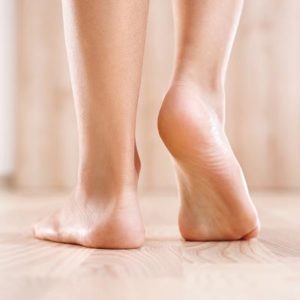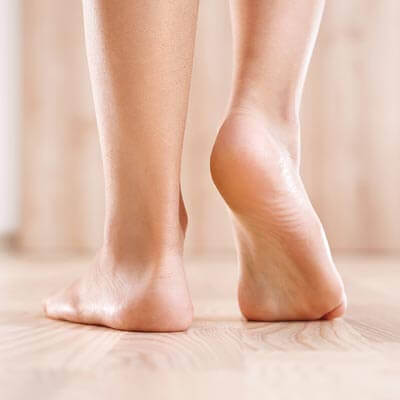What Causes Flat Foot in Adults?
A flat foot is a foot deformity that happens when the middle of the feet fails to form an arch when standing. Although this can be found in  children with developing feet, its presence in your adult years should be a cause of concern.
children with developing feet, its presence in your adult years should be a cause of concern.
Most people with flat feet live their lives without experiencing pain or any symptoms. Non-surgical treatments are available for treating flat feet. And medical intervention is only advised when it causes pain or discomfort.
The danger with flat foot is it can be a symptom of a foot injury or an underlying disease. You can go ignoring flat foot not knowing that this could be your body’s sign that something is seriously wrong with your body. A podiatrist can identify if your flat foot is due to another medical condition. Jeffrey Petty, DPM is a podiatrist who specializes in foot care and treating foot disorders.
Foot Doctor Discusses Flat Foot
Posterior Tibial Tendon Dysfunction (PTTD)
Most cases of acquired adult flat feet can be traced to PTTD. The posterior tibial tendon runs from the muscle in the calf and runs through the bones in the inside of the foot. Its main function is to support the foot arch when walking. If the tendon becomes damaged, the arch of the feet collapses.
Risks for developing PTTD increases with age. Other factors include obesity, diabetes and hypertension. Those suffering from flat foot due to underdevelopment during childhood increase their risk for PTTD. This is because flat feet exposes people to injury when participating in high impact sports activities such as running and tennis.
Arthritis
Swelling and tenderness caused by arthritis can lead to extreme pain for people with flat feet. Arthritis does not only damage the cartilage in joints but also surrounding structures such as the ligaments that support the feet. The medical condition does not only cause inflammation but can also lead to deformities.
Diabetes
Peripheral neuropathy is just one of the complications of diabetes. It results to the loss of sensation in the extremities including the feet. This can make it difficult or impossible for diabetics to detect pain when the arch collapses. Structures in the feet can be severely damaged without the diabetic feeling any pain.
The information provided in this article is not meant to be medical advice and is for educational purposes only. If you would like to learn more about topics related to podiatry, feel free to contact Family Foot & Ankle Centers by clicking here or calling 972-597-4132 to reach our Waxahachie office, 903-872-9910 to reach our Corsicana office, or 972-875-3668 to reach our Ennis office.



